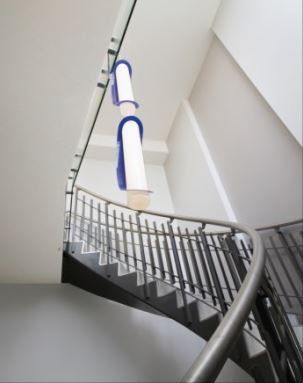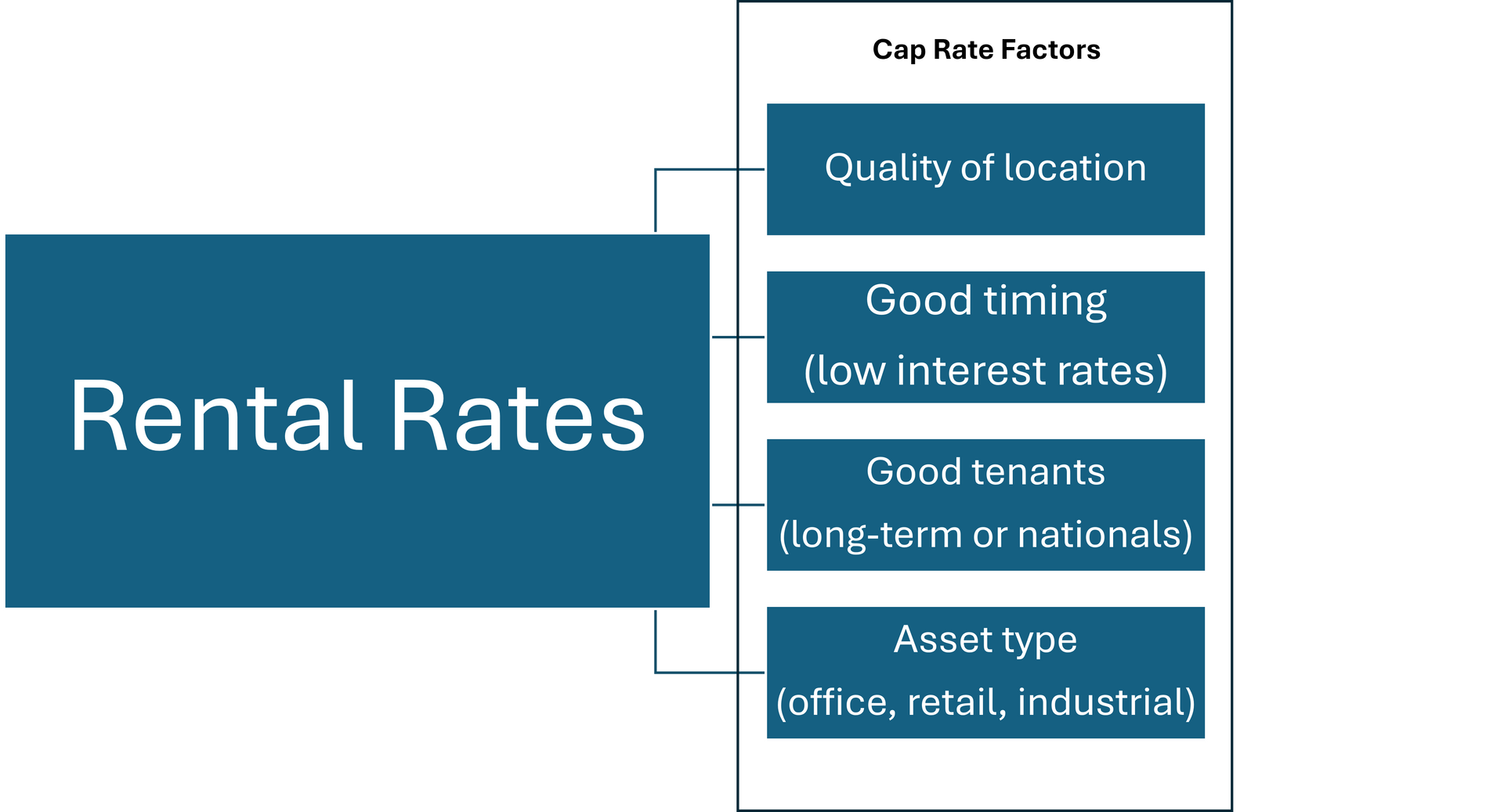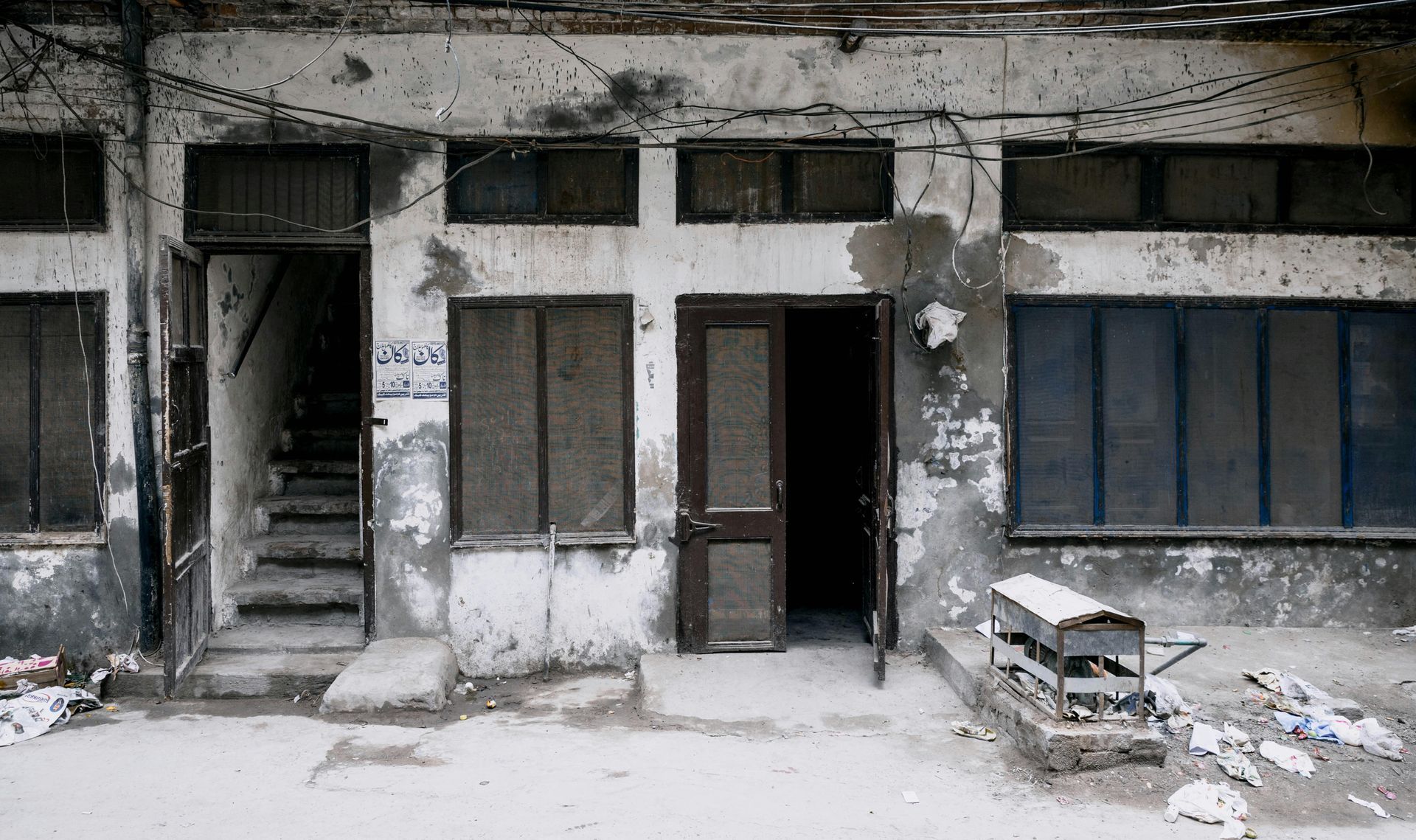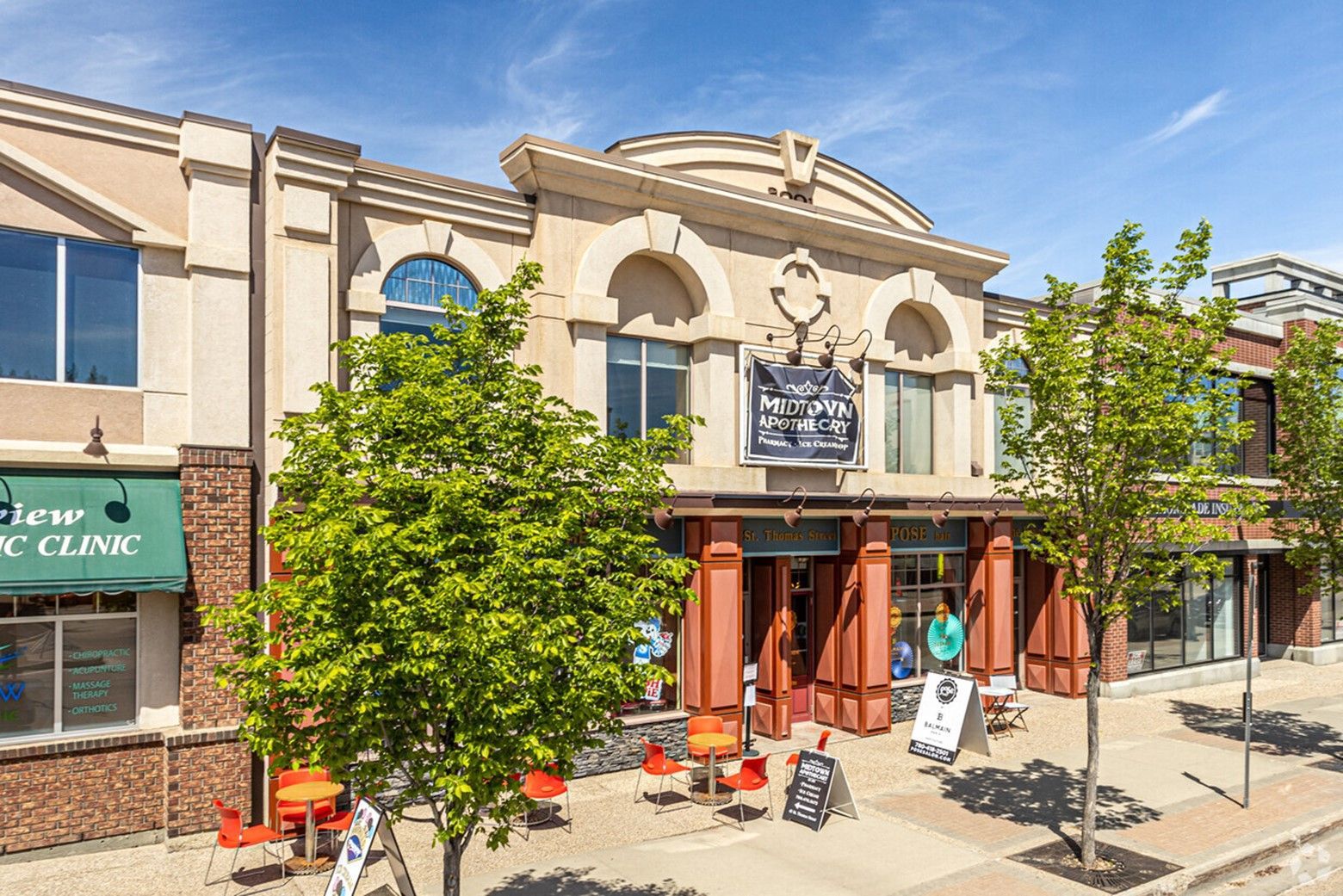When should I sell my commercial property
Developing your crystal ball

When is it time to sell your property?
It doesn’t require a crystal ball.
Some people will say that you make your money when you buy a property. However, the reality is that you only make your money when you sell (or refinance) your property.
Is there ever a good time to sell?
The answer is yes.
But this yes is largely circumstantial and depends on a few internal and external (or environmental) factors.
First – internal factors
Lifestyle:
One of the benefits of commercial property is that fewer tenants and longer lease terms generally mean that even a sizable portfolio of commercial properties is less management intensive than a residential or multi-family portfolio.
Even so, the commercial portfolio itself may become a full-time job if one decides to undertake the task of self-managing.
If you manage a diversified portfolio, it may be less time-intensive to be less diversified, and the real estate may have to go to make this happen. This is not a statement of the quality of real estate versus other investments, just that every investor will have their priorities and assets that they’re more comfortable with. If the real estate game is no fun anymore, it may be time to make an exit.
Retirement:
Retirement is another lifestyle factor that ties into the considerations named above. Specifically, if you don’t want to hire a manager, and you’re overworked, it may be time to make changes.
Real estate can be great for funding retirement, but it can also become a job during your retirement. Whether this is a good thing or a bad thing depends on you.
Likewise, some business owners decide that while they want to continue to run the business, that doesn’t mean they have to keep the real estate they own. Some business owners I’ve spoken to say they’re their own worst landlord! In these cases, a sale-leaseback is a good exit that allows the business to continue running, while getting the business owner out of the real estate. We’ve written extensively about this type of transaction in past articles.
Taxes are a major consideration, but not one that we’ll cover here. Speak to a reputable accountant to break down the tax implications of a sale, as they are likely to be considerable in any transaction.
External factors
Market factors
These are the macro conditions.
Market conditions will impact your sale. For example, suppose you have an office building with a WALT (weighted average lease term) of 10 years and no vacancy, and your office market has a 30% vacancy rate and new buildings under construction. In that case, you should probably decide to sell or to hold within the next five years. As you get closer to the expiry of your lease terms, the risk goes up to a potential buyer, and the value goes down.
Conversely, if you have a WALT of 3 years and were going into a market with a historically low vacancy rate and upward pressure on lease rates, you have a few options. You can hold the property, get some upside on the lease rates as tenants renew, and refinance the property. If you’re nervous about what the market will do, it may be an excellent time to sell since a more bullish investor will regard the 3-year WALT as an opportunity to get upside on renewals.
Markets with fewer industries will also face greater volatility. If you’re in a market like this (and if you’re in Alberta, you’re certainly in one of these), then the broad patterns of the industry will impact buy and sell cycles. If oil is up in Alberta, prices are high, and people are bullish, and filled with optimism. If oil is down, people talk about leaving the province, there is an air of doom, and investment is seen as risky at best.
Yet we’re told to buy low and sell high. Most people will do the opposite and will tend to make no money in the market.
Of course, there’s no guarantee that any market will come back, a prime example of this is the rust belt in the United States.
Nobody has a crystal ball, but you make the best decision you can with your information.
Asset factors
In the previous section, we talked about WALT as it relates to market factors, but the WALT itself is an asset factor that dramatically impacts the value of a building. WALT is an indicator of when the risk enters into a deal. A short WALT means a higher risk of vacancy for an incoming buyer – it’s an opportunity to renew at a higher rate, but it’s also a risk.
Lease rates are, of course, another heavily weighted factor. If lease rates are above market with renewals coming up, then there’s more risk for a buyer and likely less willingness to pay a full cap rate on income. If lease rates are below market, this indicates potential upside for a buyer, and they may be willing to buy at a lower cap rate than what’s dictated by the market. In both cases, you’ll see buyers gravitating to “market rent” for their property evaluations, and market risks will play more of a role in the valuation.
The tenant’s covenant (financial and corporate strength) is another factor. A sky-high lease rate means nothing if the tenant cannot pay it. Again, any such leases will tend to correct towards a market lease rate to mitigate the buyer’s risk in coming into the property.
The building’s condition also factors into the sale, especially with older properties. A cash flow investor will bleed the value of his building to save money, but the chances are that money is lost when the prospective buyer realizes here’s buying a dog. This is called capital expenditures, or CAPEX. Things like the roof, RTUs, parking lot, sidewalks, structure, anything that requires significant investment are potential landmines to a buyer. If the building has been well maintained, this factor will likely not impact valuation. If the building has been cash flowed for death, CAPEX can pile up, and when a buyer comes to buy the property, they’ll discount the roof, mold, RTUs, boilers, and anything else that’s been let go for too long.
In Conclusion
So again, there’s no clear-cut answer to the question of when to sell. Any it will likely be a combination of these factors.
When making the decision, using an analytical framework can help come to a good answer.
A simple example would be writing down all the reasons to sell the property and why not to sell the property. If each one of the reasons is assigned a particular weight, based on its priority, you have a rational decision-making process that can aid you in making the call. Here’s a link to an article on this decision-making process.
If you’d like a market valuation of your commercial investment property, as always, please feel free to reach out to our team.











